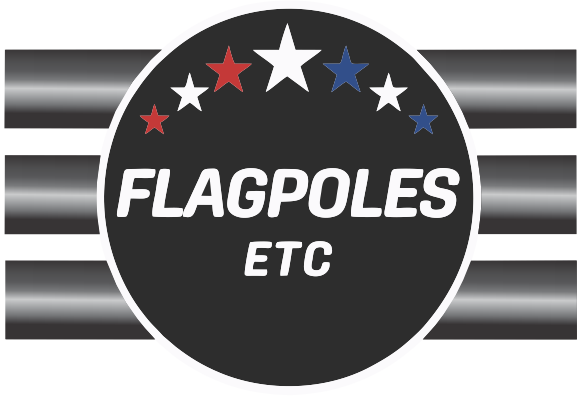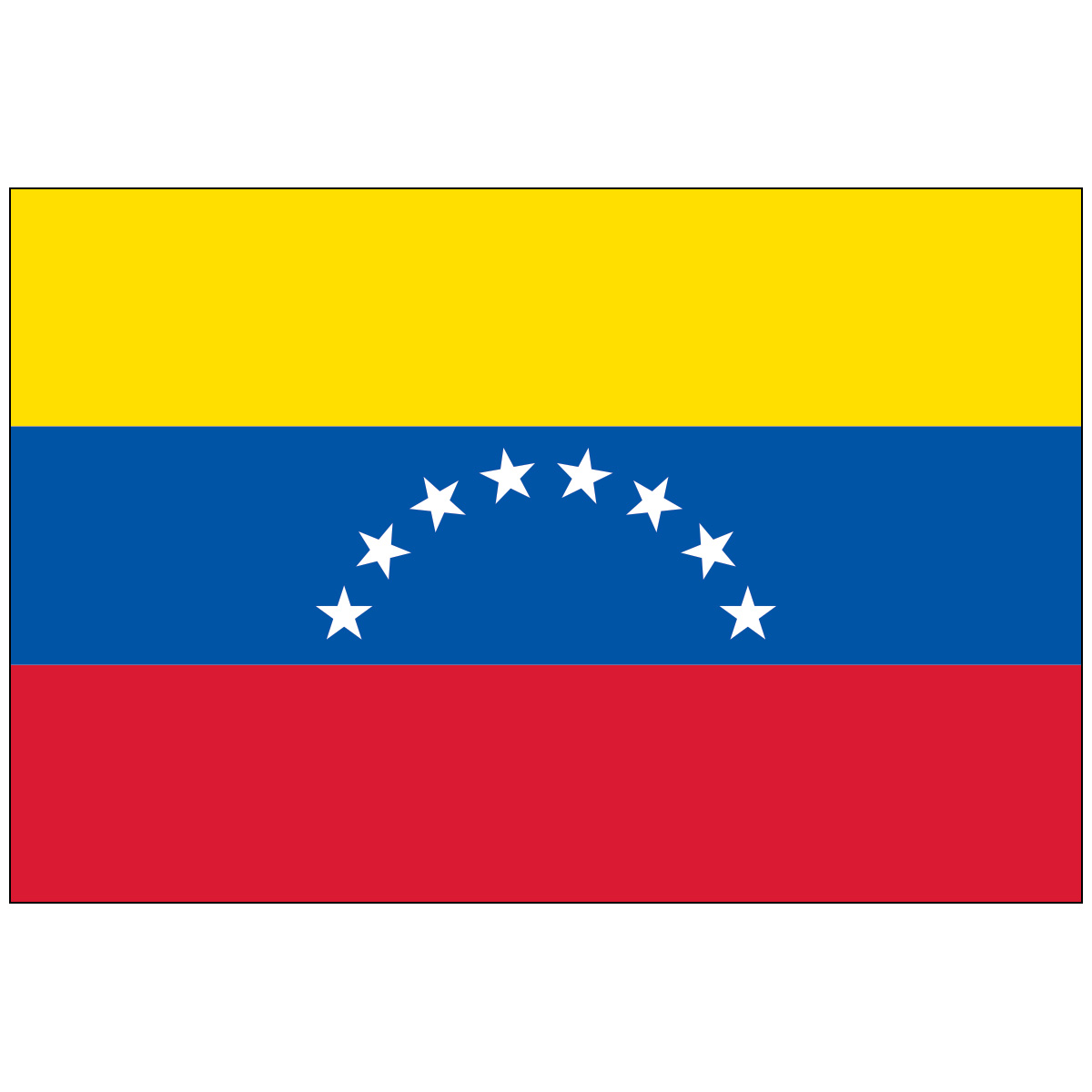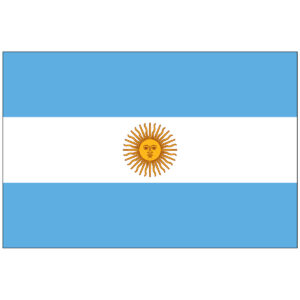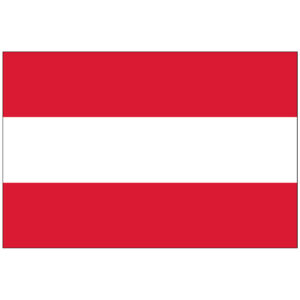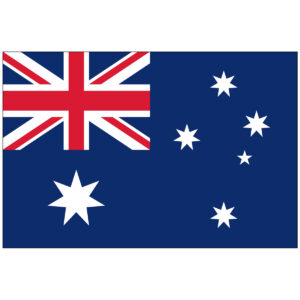About Our Venezuela Nylon Flag With No Seal
The flag is essentially the one designed by Francisco de Miranda for his unsuccessful 1806 expedition to liberate Venezuela and later adopted by the National Congress of 1811. It consisted of three equal horizontal stripes of yellow, blue and red. Miranda's flag is also the inspiration for the flags of Colombia and Ecuador. The flag of the short-lived Republic of Spanish Haiti was also based on Miranda's tricolore and resembles the current Venezuelan flag. This original design was first flown on 12 March 1806, at Jacmel, Haiti, as Miranda's expedition prepared to make the final leg of its voyage to Venezuela. The flag was first flown over Venezuelan soil at La Vela de Coro, on 3 August. Until 3 August 2006, Flag Day was celebrated in Venezuela on 12 March. Since 2006 it has been celebrated on 3 August. Miranda gave at least two sources of inspiration for his flag. In a letter written to Count Semyon Vorontsov in 1792, Miranda stated that the colours were based on a theory of primary colours given to him by the German writer and philosopher Johann Wolfgang von Goethe. Miranda described a late-night conversation he had with Goethe at a party in Weimar during the winter of 1785. Fascinated with Miranda's account of his exploits in the United States Revolutionary War and his travels throughout the Americas and Europe, Goethe told him that, "Your destiny is to create in your land a place where primary colours are not distorted. After Miranda later designed his flag based on this conversation, he happily recalled seeing a fresco by Lazzaro Tavarone in the Palazzo Belimbau in Genoa that depicted Christopher Columbus unfurling a similar-coloured flag in Veragua during his fourth voyage. In his military diary, Miranda gave another source of inspiration: the yellow, blue and red standard of the Burgers' Guard (Bürgerwache) of Hamburg, which he also saw during his travels in Germany. The idea of the flag is documented in his 1801 plan for an army to liberate Spanish America, which he submitted unsuccessfully to the British cabinet. In it Miranda requested the materials for "ten flags, whose colours shall be red, yellow and blue, in three zones." The symbolism traditionally ascribed to the colours is that the yellow band stands for the wealth of the land, the red for courage, and the blue for the independence from Spain, or "golden" America separated from bloody Spain by the deep blue sea.
